Pro Guide to Ingeniously Shooting Down Drones
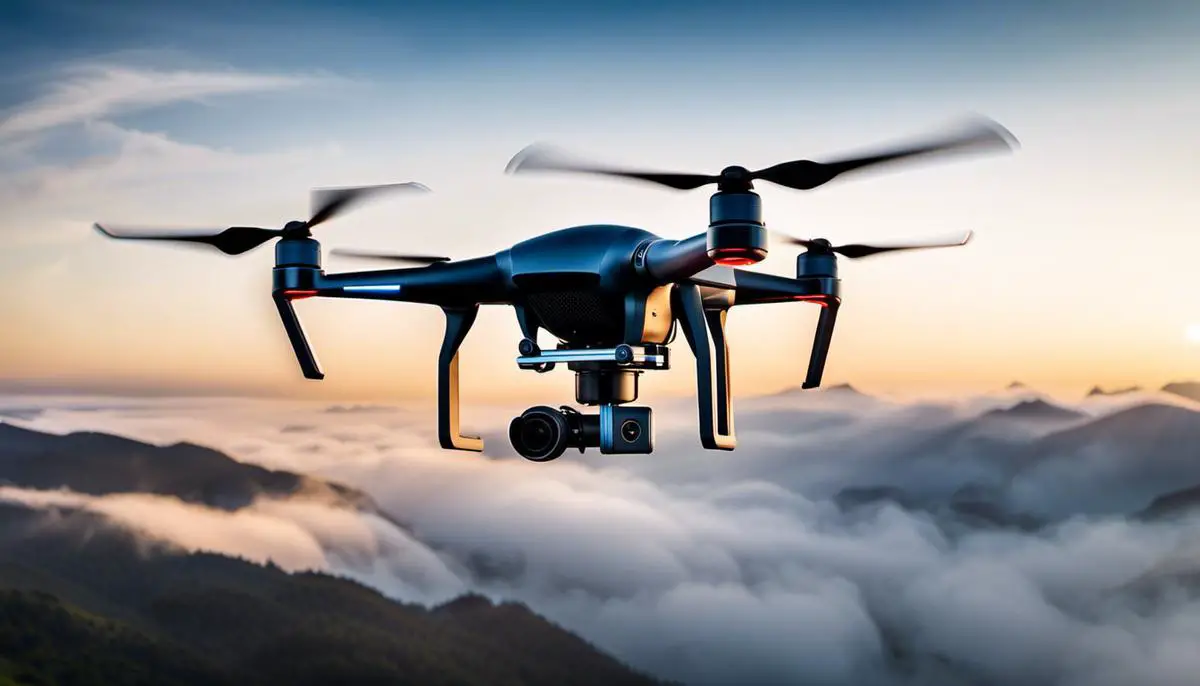
As drones become more prevalent across various sectors of society, a wide range of individuals, from private citizens to security experts, are increasingly interested in understanding this technology and, if necessary, mitigating its potential intrusions. Discover the legal implications and alternatives to shooting down drones. Prioritize safety and privacy with non-violent solutions.
The aim is to empower you with knowledge covering different dimensions, from comprehending the basics of drones and their operational limitations to learning about existing laws that govern drone disruption and novel techniques to detect and counteract them.
Understanding Drone Technology
Understanding Drone Technology Basics
Drones, technically referred to as unmanned aerial vehicles (UAVs), are essentially flying robots. They are typically controlled remotely by an operator or autonomously through programmed flight plans embedded in their systems with the aid of GPS. Drones differ considerably in their design, capabilities, and functions. They could be likened to miniature helicopters in design, having multiple rotors that allow them to hover, rotate, and perform acrobatic maneuvers in the air. The most common types include quadcopters (with four rotors) and hexacopters (with six rotors).
Function and Use of Drones
Drones possess diverse functionality and are used in several industries globally. They are heavily employed in military operations for surveillance, target acquisition, and logistics. In civilian spheres, they are utilized for aerial photography, filming, agricultural surveying, weather monitoring, and, in recent times, delivery services—a venture Amazon and Google are pioneering. Drones could also be deployed for fun as flying toys or racing devices during leisure.
The Types and Limitations of Drones
While drones come with a host of benefits, they also present certain limitations, depending largely on their types, designs, and model specifications. Consumer drones, for instance, typically have a shorter flight time—on average, between 15 and 30 minutes—due to battery constraints. Professional-grade drones might have longer flight durations but are generally more expensive. Limitations also extend to the operational altitude of drones, which is legally capped at 400 feet by the Federal Aviation Administration (FAA) for safety reasons. However, some high-tech drones can ascend well above this stipulated limit.
Drone Speed and Flight Patterns
The speed of drones varies greatly depending on their design and purpose. Racing drones can reach up to 100 mph, while consumer drones usually cruise at a speed of 35–50 mph. Drone flight patterns are largely determined by the controller inputs and/or the programmed flight plans. They are capable of linear, zigzag, circular, and even erratic flight patterns. Understanding these flight patterns—and their potential predictability—is vital when it comes to devising strategies to neutralize drones.
Having a solid understanding of how drones work—from their technology and functionality to their types, restrictions, flight patterns, and speeds—can provide you with the edge you need to effectively bring one down.
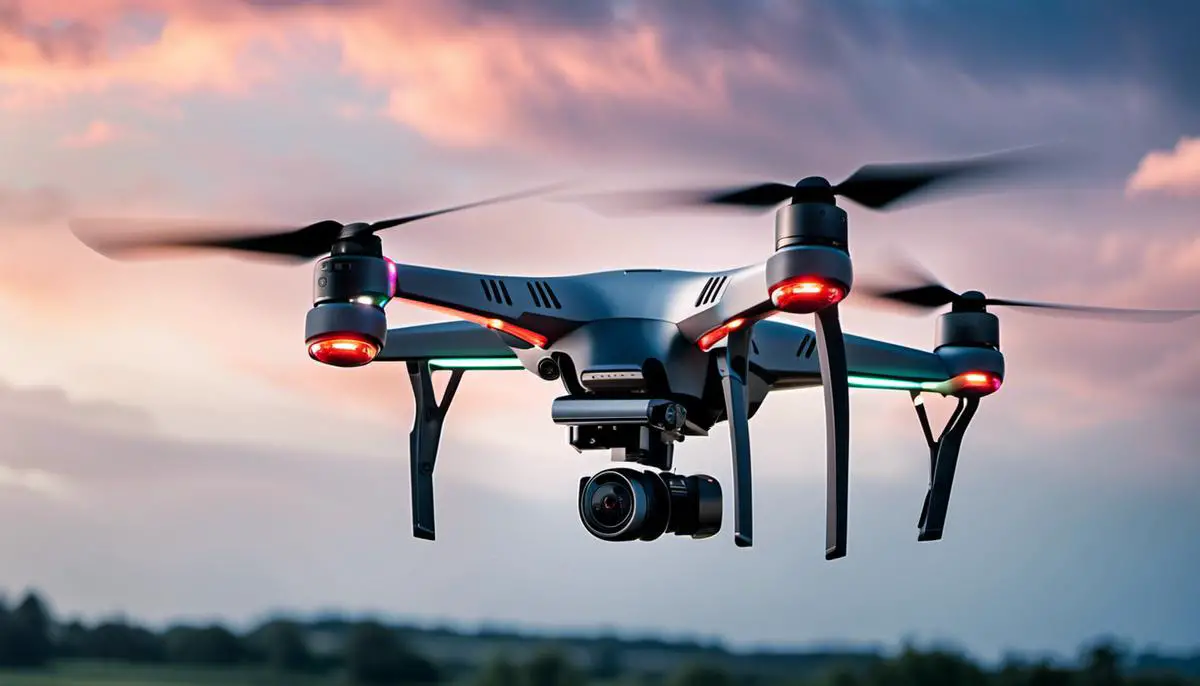
Legal Aspects of Drone Disruption
Legal Framework Governing Drone Disruption
In the United States, under federal law, you cannot shoot down any aircraft, which by definition also includes civilian drones. Functioning under the Federal Aviation Administration (FAA), drones are protected by federal law from forceful interference or disruption. Title 18, Section 32 of the United States Code deems the act of damaging, destroying, disabling, or interfering with any aircraft in the National Airspace System a serious crime that could lead to penalties or imprisonment.
Understanding Privacy Laws Related to Drones
Privacy laws related to drones are diverse, and jurisdiction may vary by state. No drone operator can legally use a drone to monitor individuals who are in a private place where they would have a reasonable expectation of privacy without their consent. However, this does not permit anyone to shoot down a drone, even when it seems to infringe on their privacy rights. If you believe your privacy is being violated by a drone, a more suitable and legal approach would be to report it to local law enforcement.
The Importance of Respecting Property Rights
Since drones are considered personal property, it’s equally important to respect property rights. Disabling or destroying a drone can be seen as an act of vandalism or destruction, especially without concrete evidence of privacy infringement. As such, any attempt to interfere with or shoot down a drone could result in a lawsuit for damages.
Legal Drone Jamming and Signal Interference
Jamming drone signals use technology to interfere with a drone’s communication system, causing it to land, return to its point of origin, or just hover in place. The Federal Communications Commission’s (FCC) laws strictly prohibit drone jamming for most civilians due to potential safety risks. Only federal agencies are given explicit allowances to employ such measures.
Trespassing Laws and Drones
As it pertains to claims of trespassing, the situation becomes a little more complex. Airspace above a person’s property isn’t owned outright by that person, and there aren’t specific height guidelines laid down by the law. However, a drone hovering exceedingly low over private property and causing disturbance could potentially be considered trespassing under certain jurisdictions.
Therefore, while drones might pose potential threats to privacy and security, it’s essential to understand the legal implications that govern the disruption of drones. It’s always recommended to leverage proper legal procedures and law enforcement agencies when dealing with drone-related issues to avoid any legal consequences.
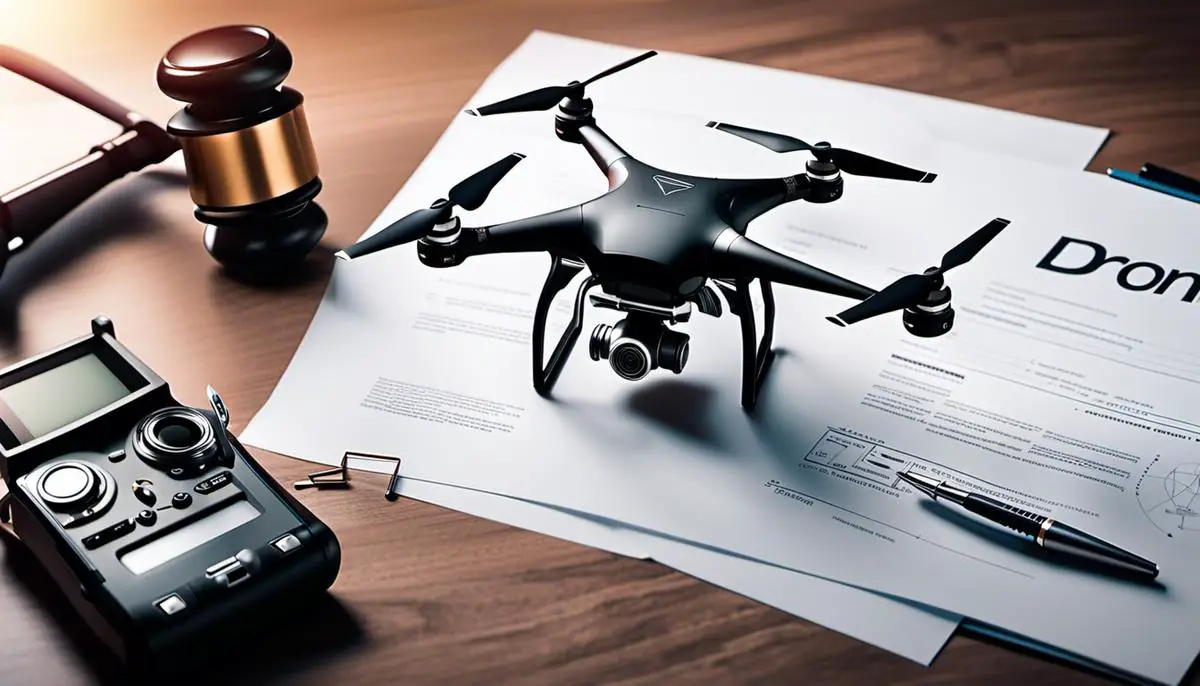
Drone Detection Techniques
Understanding Drone Sounds for Detection
Drones emit a distinctive buzz or humming sound due to the rotation of their propellers, which can be a good starting point for detection. This sound can alter slightly in pitch and intensity based on the drone’s action, such as quick acceleration, deceleration, or hovering in place. The key to successful drone detection by sound is to familiarize yourself with the varying drone noises and differentiate them from other similar sounds in your environment.
Visual Cues in Drone Detection
Apart from their unique noise, drones can also be spotted visually. Given their diverse size range, recognizing a drone might not always be obvious. Drone detection in daylight will rely heavily on identifying its distant silhouette or the reflection of sunlight from its structure. At night, look out for the illumination from their LED lights, which often blink at regular intervals to indicate the drone’s position and power status.
Benefits of Drone Radar Systems
Radar systems are a non-disruptive way to detect drones in your vicinity. The radar systems work by emitting radio waves that bounce off objects, which include any potential drones, hence aiding their detection. A modern radar system can detect drones of various sizes and at varying distances. Not only this, but radars can also provide continuous surveillance and tracking of the drone’s flight path and speed.
Using Drone Sensors for Detection
Drone detection sensors are compact, high-tech devices designed specifically for identifying drones. These sensors function by scanning for the unique radio frequency signals that drones use for control and communication. Once the device detects a signal, it confirms whether it’s from a drone or a different radio-operated device, such as a remote-controlled car. It’s worth mentioning that the range of detection can be affected by the strength of the signal emitted from the drone, so more technologically advanced drones might leave a bigger “footprint” or range for detection.
Drone Detection Apps
In our era of digital technology, several drone detection apps are available for smartphones. These apps identify drones based on their acoustic signature, or the unique sound made by the drone’s propellers. It’s similar to how Shazam works to identify songs. For instance, apps like Drone Detector can verify drone presence using your phone’s microphone. After capturing the sound, the app analyses the acoustic signature to detect if a drone is in the vicinity.
Infrared Technology in Drone Detection
Infrared technology, specifically thermal imaging, can assist in spotting drones in low light conditions. Drones, like any electrical machinery, generate heat which can be detected by infrared cameras. This method works best during the night or in low light periods when the temperature contrast between the drone and its surrounding environment is most pronounced.
Learning to use a wide range of drone detection methods will increase the chances to effectively spot these devices. Remember, understanding and interpreting drone sounds, recognizing visual cues from drone structures, and using technologies like sensors, radar systems, and smartphone apps can provide a comprehensive detection strategy.
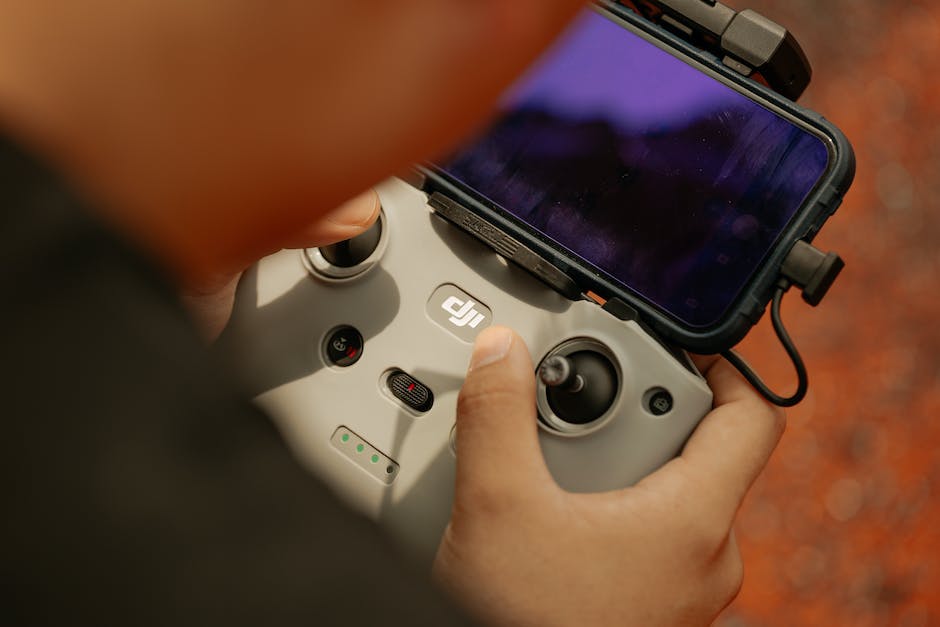
Counter-Drone Systems and Techniques
Understanding the Threat: The Rise of Drones
In recent years, drones have become increasingly available to the general public. Once a fascinating novelty, drones have now become a ubiquitous presence, with applications ranging from commercial photography and delivery to surveillance use by various entities. However, these flying machines have also raised privacy, security, and safety concerns, creating the need for effective counter-drone techniques and systems.
Physical Countermeasures against Drones
One of the most basic ways to obstruct a drone is through physical intervention. This can range from shooting the drone with a high-powered rifle to using anti-drone nets. Some specialists may opt for more pumped-up alternatives like slingshots or net guns. In addition, organizations with hefty budgets might even consider purchasing proprietary anti-drone projectile systems, which are designed to take down unmanned aircraft efficiently.
Counter-Drones: Playing the Same Game
Another exciting countermeasure option is deploying counter-drones—essentially, using a drone to take down another drone. These machines can be equipped with nets or hooks designed to capture or crash the intrusive drone. Yet, it’s crucial to note that piloting skills play a significant role here, so it might be worth investing in professional training if you want to go down this route.
Signal Jamming: Technology to the Rescue
Perhaps one of the most effective ways to neutralize a drone is by interfering with its signal. Signal jammers can be used to block the controls and navigation of a drone, causing it to lose connection with the pilot. Some of these devices can also force the drone to land safely or return to its launch point. However, it’s important to note that the use of jammers might be restricted or illegal in some areas, so you should always check local regulations before employing such a device.
GPS Spoofing: Deceiving Drones
GPS spoofing presents another fascinating technological approach. This strategy involves emitting signals that trick the drone’s GPS, making it believe it is in a different location than it is. As a result, the drone might be led to fly off course or even land. However, like with signal jamming, you must proceed with caution here: GPS spoofing can potentially affect other systems in the area and might be subject to legal regulations.
Advanced Counter-Drone Systems
Many companies have started developing advanced counter-drone systems that can detect, classify, and neutralize drones. These systems employ radar technology, radio frequency scanners, machine learning algorithms, and sometimes electro-optical sensors to identify drones. Once a drone is detected, these systems can use various methods, such as signal jamming, GPS spoofing, or even lasers, to disable the drone.
Remember, whatever methods you choose to stop a drone, they should be used responsibly, ensuring safety and adherence to all relevant laws and regulations.
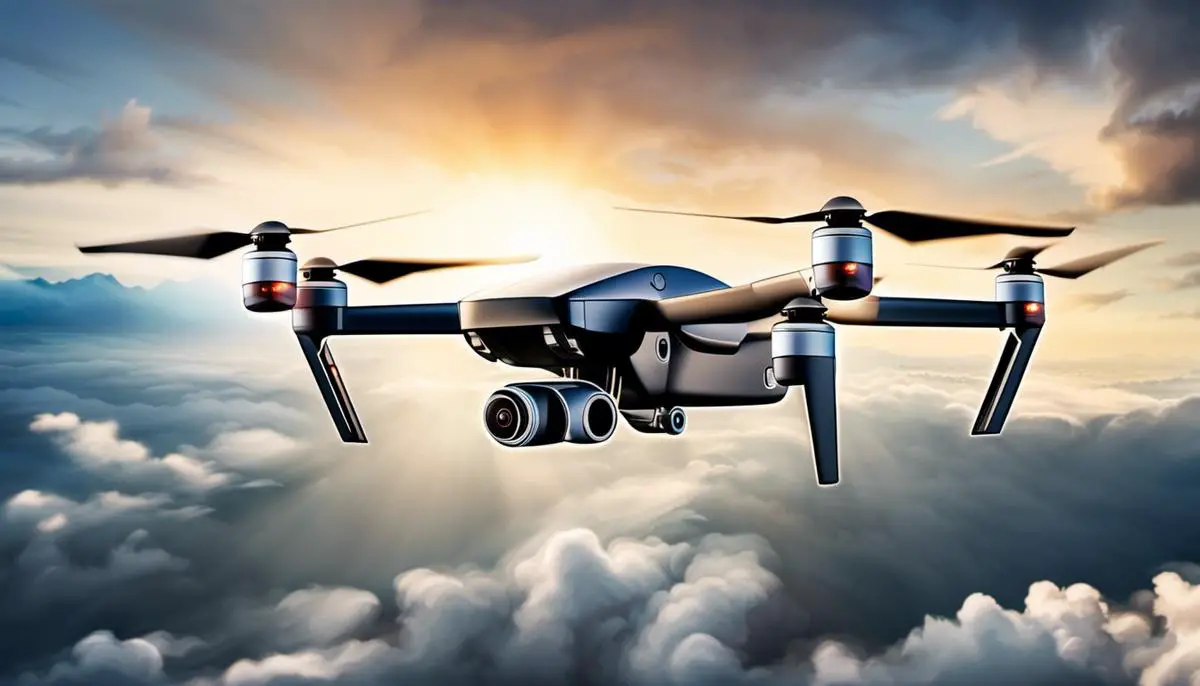
Ultimately, the knowledge of drone technology, how to detect them, and the legal aspects surrounding these devices enriches the pros and cons analysis when it comes to countering drones. The narrative has provided insights on diverse counter-drone systems and techniques—physical and technological ones alike. Keeping abreast of this evolving technology ensures individuals and systems stay ahead of potential threats. Nevertheless, cautious strategy, informed decision-making, and an ethical approach should remain at the heart of any drone disruption efforts, always considering the balance between security, privacy, and legality.
FAQs for Shooting Down Drones
Q: Is it legal to shoot down drones? A: Shooting down drones is generally illegal in most jurisdictions. It is essential to understand the laws and regulations regarding drone operations and seek legal alternatives for addressing any concerns related to drone activities.
Q: Why is shooting down drones illegal? A: Shooting down drones is illegal due to safety concerns, potential property damage, and the risk of causing harm to individuals. Engaging in such activities can lead to legal consequences and civil liabilities.
Q: What should I do if a drone is flying over my property? A: If a drone is flying over your property and you have concerns, it is recommended to first try to identify the operator and address the situation through communication or by contacting local authorities, who can enforce applicable drone regulations.
Q: Can I use countermeasures to shoot down drones? A: The use of countermeasures to shoot down drones, such as firearms or other weaponry, is generally illegal and highly discouraged. It is important to respect the law and prioritize the safety of yourself and others.
Q: How can I protect my privacy from drones? A: To protect your privacy from drones, consider taking measures such as installing physical barriers, using anti-drone systems (where allowed by law), or addressing concerns through legal means, like contacting local authorities or seeking advice from legal professionals.
Q: Can shooting down a drone cause property damage? A: Shooting down a drone can cause property damage, as there is a risk of stray bullets or other projectiles causing harm to people, buildings, vehicles, or other objects in the vicinity. It is crucial to prioritize safety and consider legal alternatives.
Q: What are the potential legal consequences of shooting down a drone? A: The legal consequences of shooting down a drone can include criminal charges, fines, civil liabilities, damage claims, and potential imprisonment, depending on the jurisdiction and the circumstances surrounding the act.
Q: Are there any legal alternatives to shooting down drones? A: Yes, there are legal alternatives to address concerns related to drone activities. These alternatives include communication with the drone operator, contacting local law enforcement, seeking legal advice, or reporting the incident to relevant authorities.
Q: Can I use electronic countermeasures to disable drones? A: The use of electronic countermeasures to disable drones is subject to regulations and restrictions in many jurisdictions. It is crucial to understand and comply with the applicable laws governing the use of electronic countermeasures.
Q: Are there any non-violent methods to deter drones from a specific area? A: Yes, there are non-violent methods to deter drones from a specific area. These methods may include using anti-drone technology, implementing no-fly zones, or employing signal interference techniques where permitted by law.
Q: Can shooting down drones be considered self-defense? A: Shooting down drones is generally not considered a valid form of self-defense. The appropriate response to a perceived threat from a drone is to follow applicable laws, ensure personal safety, and report the incident to the authorities.
Q: Can I shoot down a drone if it is invading my privacy? A: Shooting down a drone is not the appropriate course of action to address privacy concerns. It is advisable to consult local laws, seek legal advice, and explore non-violent means of protecting privacy, such as physical barriers or communication with the drone operator.
Q: Can I legally shoot down a drone if it is endangering public safety? A: Shooting down a drone is generally not the legal response to a situation where a drone is endangering public safety. It is recommended to contact local authorities, who have the jurisdiction and expertise to handle such matters safely and in accordance with the law.
Q: Are there laws specifically addressing shooting down drones? A: Yes, many jurisdictions have laws specifically addressing the shooting down of drones. These laws are in place to protect public safety, regulate drone operations, and prevent unauthorized destruction of property.
Q: Can I shoot down a drone if it is trespassing on my property? A: Shooting down a drone is not the appropriate response to a situation where a drone is trespassing on your property. It is advisable to consult local laws, seek legal advice, and explore legal means to address the issue, such as contacting law enforcement or pursuing civil remedies.
Q: What should I do if I witness someone shooting down a drone? A: If you witness someone shooting down a drone, prioritize your personal safety and avoid intervening directly. Instead, report the incident to local law enforcement, providing them with any relevant information that can assist in their investigation.
Q: Can I use a laser to shoot down a drone? A: Using a laser to shoot down a drone is generally illegal and highly dangerous. Lasers can cause harm to people and may result in severe consequences. It is important to respect the law and prioritize safety.
Q: Can I use a net or other non-lethal means to capture a drone? A: Using a net or other non-lethal means to capture a drone may be a viable option in certain situations, but it is essential to ensure that the method employed complies with local laws and regulations. Always prioritize safety and legality when dealing with drones.
Q: What are the risks of shooting down a drone? A: Shooting down a drone poses several risks, including potential injury to oneself or others, damage to property, legal consequences, civil liabilities, and escalation of the situation. It is crucial to consider these risks and seek legal alternatives.
Q: Can I shoot down a drone if it is flying over my livestock or crops? A: Shooting down a drone is generally not the appropriate response to a drone flying over livestock or crops. It is advisable to consult local laws, explore non-violent means of addressing concerns, and communicate with the drone operator or relevant authorities.








